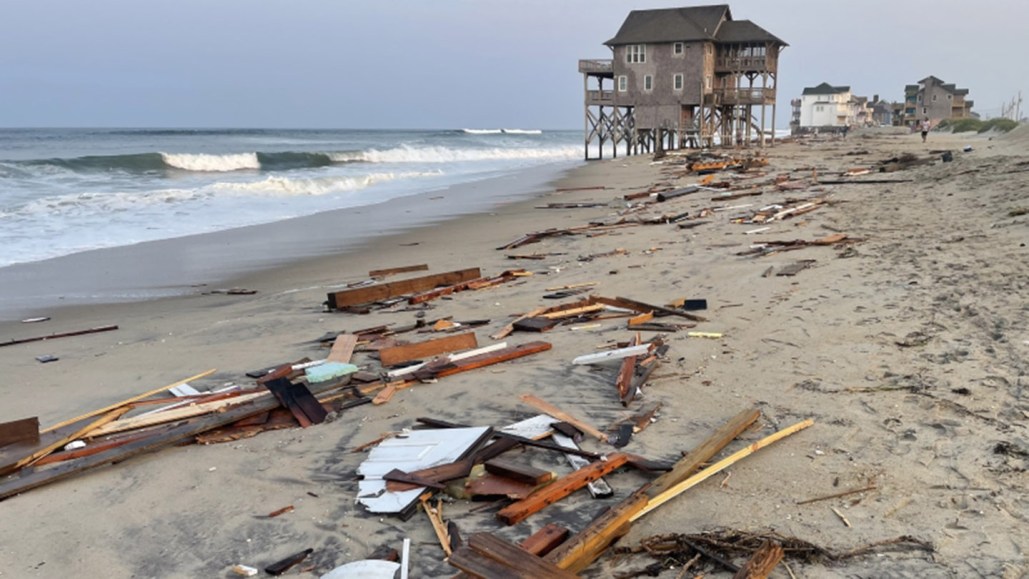"Transforming Sand into Rock: A Potential Solution to Coastal Erosion"

Shorelines worldwide have always been vulnerable to coastal erosion, a phenomenon rendered more ominous by rising sea levels that accompany modern-day climate change (SN: 9/29/22).
Coastal engineers have few ways to address this erosion, says Alessandro Rotta Loria, a civil engineer at Northwestern University in Evanston, Ill. One method is to build a seawall; another is to truck in more sand once wave action sweeps away a beach’s supply. Neither approach works more than a few years, he notes. And injecting plastics or other substances to help consolidate loose sand would have detrimental effects on the environment.
Science News is collecting reader questions about how to navigate our planet's changing climate.
What do you want to know about extreme heat and how it can lead to extreme weather events?
But sending low voltage electricity through waterlogged sands can induce the formation of minerals that help bind the sediments, Rotta Loria and his colleagues report online August 22 in Communications Earth & Environment. The components of the minerals are already dissolved in the seawater, the researchers note.
Sending just 4 volts through a sand-and-seawater mixture for 28 days triggered mineralization. Using a rod-like electrode with a diameter of 2 centimeters could create a tube of rock up to 80 centimeters across. Calcium carbonate and magnesium hydroxide were the most common minerals. “It is, in essence, limestone,” Rotta Loria says.
Strength tests revealed that the newly formed rock was about one-tenth as strong as concrete. But even that could help shorelines resist erosion. The mineralization process could help strengthen sandy areas at the bases of cliffs, thereby slowing erosion that would undercut the cliffs and slow their retreat from the shore. Or it could be used to firm up the foundations beneath shoreline homes, whether on slabs or on stilts. It could even be used to “heal” some cracks in existing concrete structures, the researchers suggest.
The mineralization method is eco-friendly — the voltages are too low for marine life to feel — and should also be economical, Rotta Loria notes. The process would likely cost between $3–$6 to solidify a cubic meter of seawater-soaked sand, the team estimates. Trucking in sand can cost roughly $14–$30 per cubic meter, taking billions to replenish a beach.
Questions or comments on this article? E-mail us at [email protected] | Reprints FAQ
A.L. Macias, S.D. Jacobsen and A.F. Rotta Loria. Electrodeposition of calcareous cement from seawater in marine silica sands. Communications Earth & Environment. August 22, 2024. doi: 10.1038/s43247-024-01604-3.
We are at a critical time and supporting climate journalism is more important than ever. Science News and our parent organization, the Society for Science, need your help to strengthen environmental literacy and ensure that our response to climate change is informed by science.




